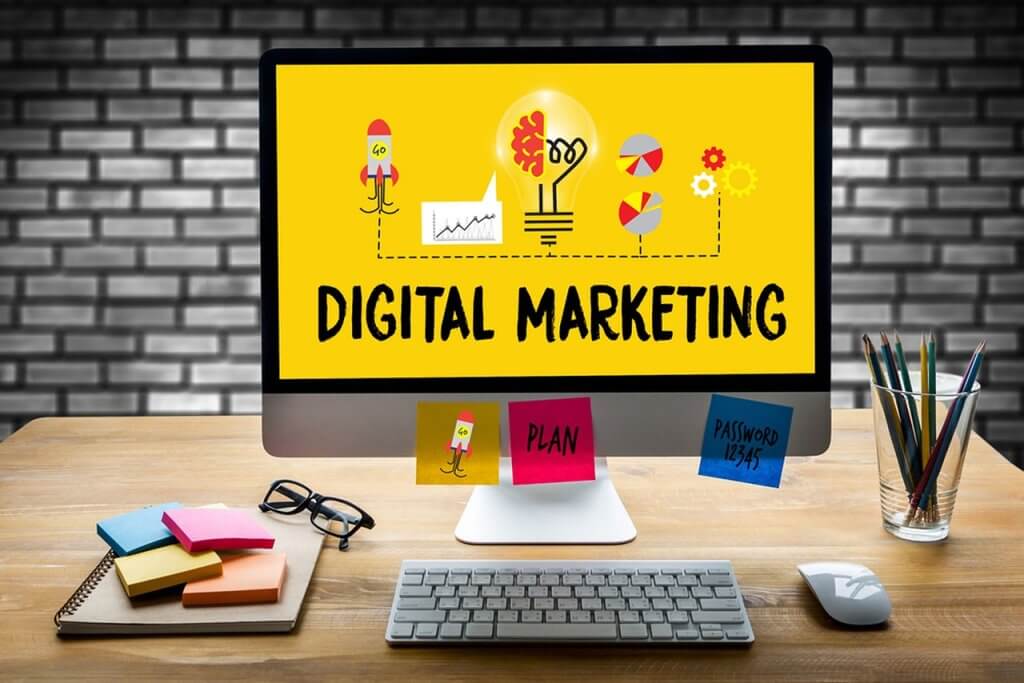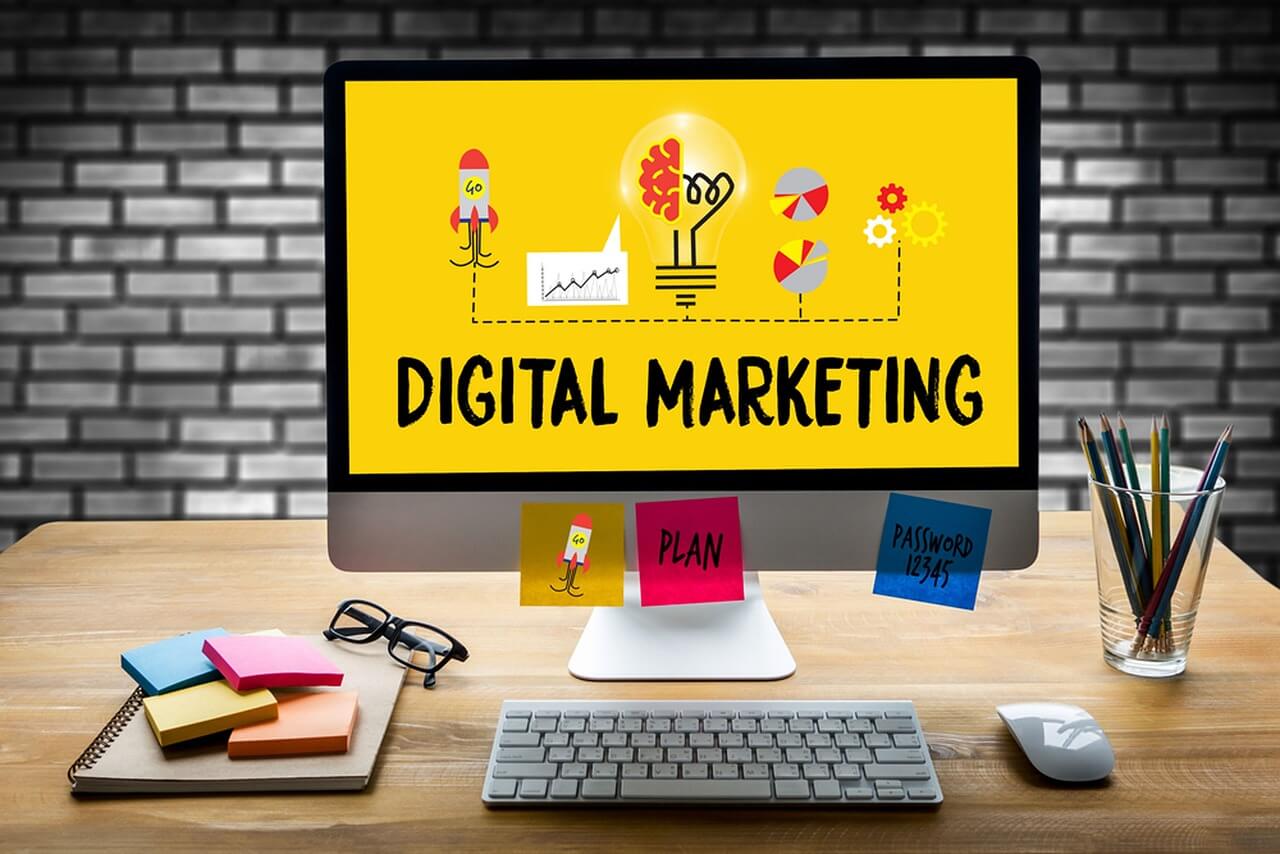In the digital age, sales and traffic are considered important indicators of brand success. High sales mean that the product or service is popular in the market, while high traffic represents the brand's influence and communication power. However, with the popularization of the Internet and the rise of social media, brand marketing strategies are also facing unprecedented challenges and opportunities. On the one hand, with the help of online marketing, brands can quickly expand their visibility and attract a large number of potential customers; on the other hand, once the marketing methods are improper, the brand can easily fall into public opinion controversy, or even be backfired by traffic, resulting in damage to the brand image and long-term development being hindered.
The charm of sales and traffic
The reason why sales and traffic are so important to brands is mainly because they are directly related to the brand's market performance and profitability. High sales indicate that the product or service meets market demand and has high market competitiveness; while high traffic means that the brand has high exposure among the target audience, which helps to tell the brand story and convey brand value. Through precise marketing strategies, brands can convert traffic into actual sales and achieve business goals.

The risks of getting carried away with marketing
However, excessive pursuit of sales and traffic may also lead to brand marketing "getting carried away". In order to pursue short-term performance growth, some brands may adopt radical or controversial marketing methods, trying to attract attention and increase exposure by creating topics. Although it may bring a surge in traffic in the short term, if the marketing content touches on social sensitive points or moral bottom lines, it will arouse public disgust and damage the brand image, which is not conducive to the sustainable development of the brand in the long run.
For example, some brands use inappropriate content such as sexism and racial prejudice in their advertisements, which may become a hot topic in a short period of time, but will eventually be boycotted by consumers and even face legal action and social responsibility. In addition, over-reliance on "hype" marketing strategies may also lead to a decline in brand credibility and consumer loyalty, ultimately affecting sales and market share.
Strategies to prevent traffic backlash
In order to avoid being hurt by traffic, brands need to follow the following principles during the marketing process:
- Value Orientation: Ensure that marketing activities are consistent with the brand’s core values and mission, and avoid sacrificing long-term reputation for short-term effects.
- Social Responsibility: Pay attention to social ethics and public interests, and avoid using marketing content that may cause controversy or hurt the feelings of specific groups.
- Transparent communication:Establish open and transparent communication channels with consumers, respond to public concerns in a timely manner, and enhance brand credibility and affinity.
- continue to innovate: Attract and retain customers through product innovation and service optimization, rather than relying solely on marketing gimmicks.
- Crisis Management:Establish an effective crisis warning and response mechanism so that once negative public opinion emerges, you can respond quickly, control the development of the situation, and restore the brand image.
- Data-driven: Use technologies such as big data and artificial intelligence to deeply analyze consumer behavior, accurately locate target audiences, achieve personalized marketing, and improve conversion rates.
Conclusion
Sales and traffic are certainly key factors for brand success, but in the process of pursuing these indicators, brands cannot ignore their adherence to social responsibility and corporate ethics. Only by combining short-term goals with long-term visions and focusing on the construction and maintenance of brand image can brands remain invincible in the fiercely competitive market environment. Brands should view every marketing activity as an opportunity to establish a deep connection with consumers rather than a simple transaction behavior, so that they can continue to grow in a changing market environment and maximize brand value.






